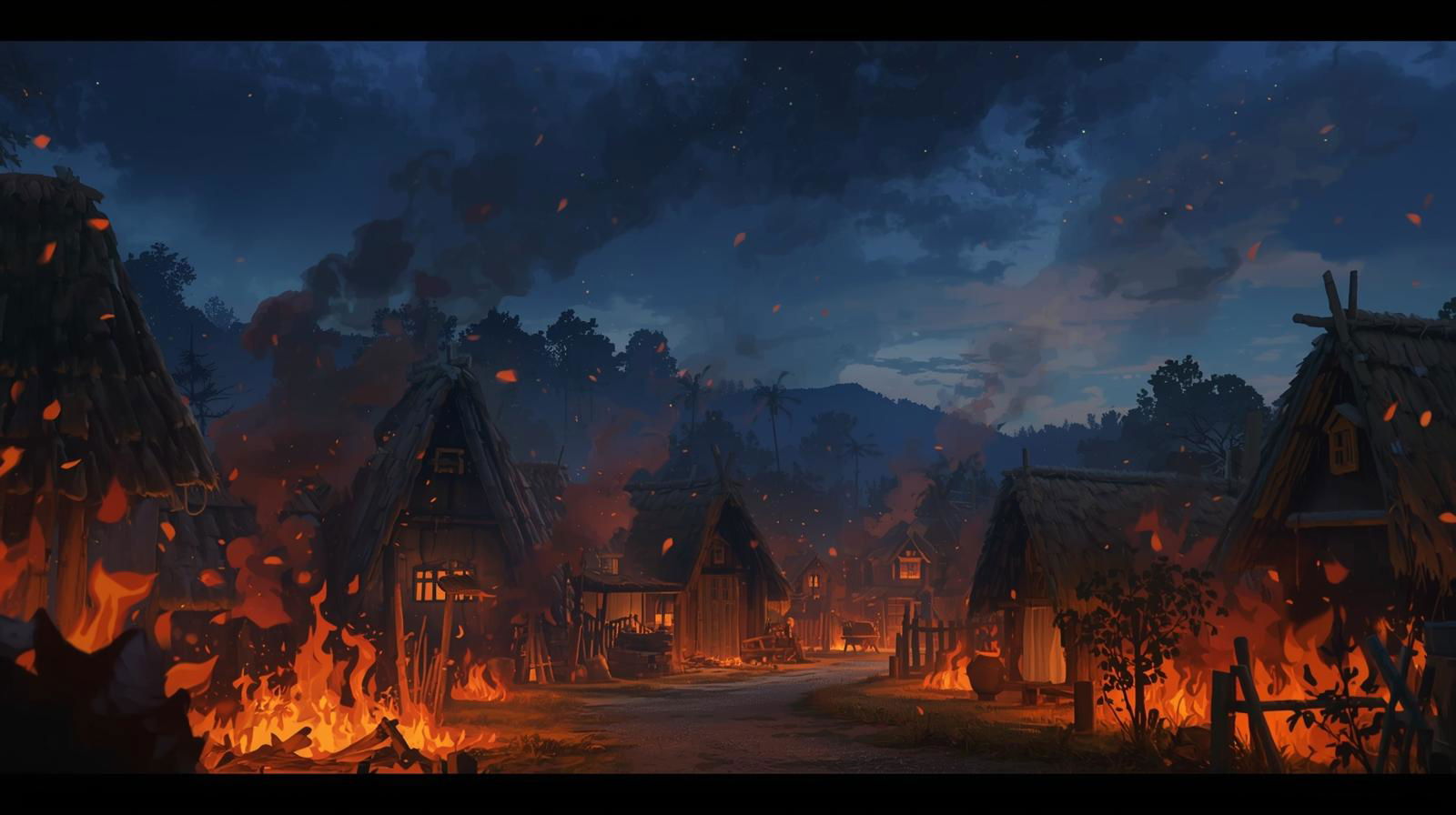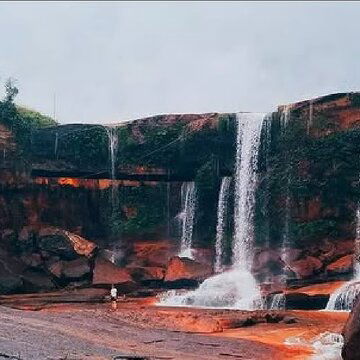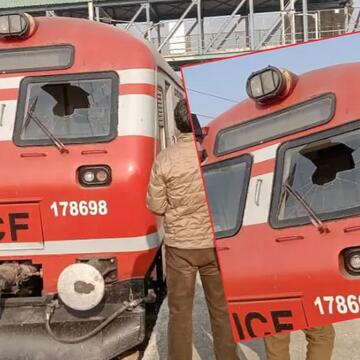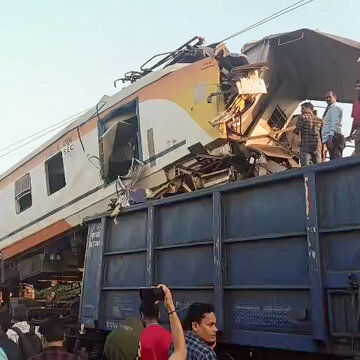Once reputed for its wealth of coking coal seams that fueled India's steel industry, the small Jharkhand town of Jharia today sits on smouldering earth. What was once its finest asset has now become an endless curse - a fire that has smouldered under its belly for more than a century.
The blaze beneath
The fire started in 1916, not as a natural event but because of uncontrolled, dangerous mining. When coal seams were exposed to the air, they ignited and spread through underground fissures and tunnels. The fire has migrated quietly below the town over the decades, consuming coal deposits and sending columns of smoke across the sky.
Also Read: Oil India to build 47 toilets for girl students in Meghalaya schools
Now, long tracts of the Jharia coalfield, an area said to be over 12 square kilometres in extent, remain ablaze. The ground above has cracked open with the heat beneath, and sinkholes and vents spewing noxious gases like carbon monoxide and sulfur dioxide taint both the air and the earth.
Lives on burning ground
For Jharia's residents, the fire is a daily survival struggle, not merely an ecological calamity. Houses- roads have collapsed; smoke has soiled the air with its pungent flavour. Most of the residents are afflicted with respiratory and dermatological diseases, but thousands remain unwilling to abandon their homeland or alternative livelihoods.
Also Read: 14 kids lose eyesight, over 120 injured due to ‘desi carbide cracker guns’ in Madhya Pradesh
Attempts to contain the fires have taken decades. There have been millions of dollars in resources invested by government officials and Bharat Coking Coal Limited (BCCL), and the Jharia Rehabilitation and Development Plan (JRDP), initiated in 2009, proposed relocating more than a lakh resident. Progress is still sluggish, however, due to logistical issues and local resistance.
Also Read: 84 per cent of the country is eating healthier, but it's DANGEROUS, why?
Even after 109 years, Jharia continues to burn, a haunting reminder of industrial excess, environmental disregard, and the heavy toll of progress.











